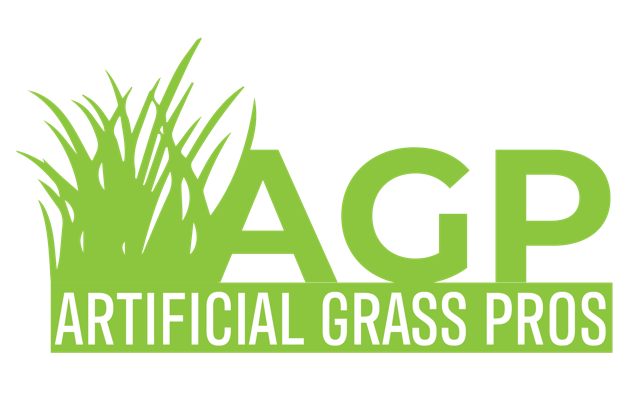Considering whether to install synthetic turf in your outdoor space involves weighing the pros and cons to make an informed decision. Synthetic turf, also known as artificial grass, offers various benefits but also comes with its drawbacks. In this blog post, we’ll explore the pros and cons of installing synthetic turf to help you determine if it’s the right choice for your needs.
Pros of Installing Synthetic Turf:
- Low Maintenance: Synthetic turf requires minimal maintenance compared to natural grass. There’s no need for mowing, watering, or fertilizing, saving you time and effort.
- Water Conservation: Synthetic turf doesn’t require irrigation, contributing to water conservation efforts and reducing water bills.
- Year-Round Greenery: Artificial Grass stays lush and green throughout the year, regardless of weather conditions, providing a consistently attractive outdoor space.
- Durability: Synthetic turf is highly durable and resistant to wear and tear, making it suitable for high-traffic areas and activities.
- Allergy-Friendly: Unlike natural grass, synthetic turf doesn’t produce pollen or harbor allergens, making it a suitable option for allergy sufferers.
- Versatility: Synthetic turf can be customized to fit various spaces and purposes, from residential lawns to sports fields and commercial landscapes.
- Pet-Friendly: Synthetic turf is pet-friendly and resistant to digging and staining, providing a safe and clean outdoor environment for pets.
Cons of Installing Synthetic Turf:
- Initial Cost: The upfront cost of installing synthetic turf can be higher than that of natural grass, including materials and installation expenses.
- Heat Retention: Synthetic turf can absorb and retain heat, making it uncomfortable to walk on during hot weather and potentially increasing ambient temperatures in urban areas.
- Infill Concerns: Some synthetic turf products require infill materials, which may raise environmental or health concerns due to potential off-gassing or microplastic pollution.
- Artificial Appearance: While modern synthetic turf closely resembles natural grass, some people may still find its appearance artificial or less aesthetically pleasing.
- Limited Environmental Benefits: While synthetic turf conserves water and reduces chemical usage, its environmental footprint includes manufacturing processes, material disposal, and potential end-of-life concerns.
- Maintenance Considerations: While synthetic turf requires less maintenance overall, occasional brushing, cleaning, and grooming may still be necessary to maintain its appearance and performance.
- Longevity and Warranty: The lifespan of synthetic turf can vary depending on factors such as usage, maintenance, and product quality. It’s essential to consider warranty terms and potential replacement costs over time.
Conclusion:
Installing astroturf offers numerous benefits, including low maintenance, water conservation, durability, and versatility. However, it’s essential to weigh these advantages against potential drawbacks such as initial cost, heat retention, and environmental considerations. By carefully evaluating the pros and cons of synthetic turf installation, you can make an informed decision that aligns with your preferences, budget, and environmental values.
Artificial Grass Pros is here to help you navigate the decision-making process and provide high-quality synthetic turf solutions tailored to your needs. Contact us today to learn more about our products and services and start transforming your outdoor space with synthetic turf.

Recent Comments